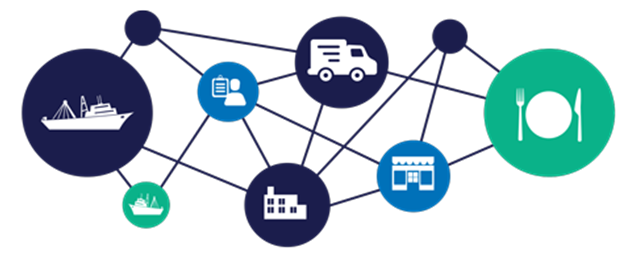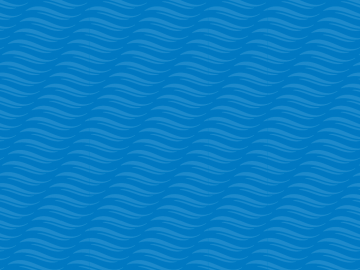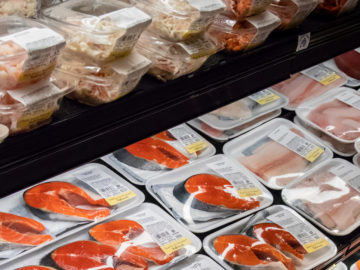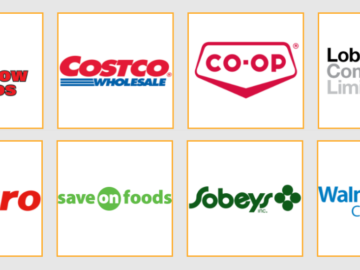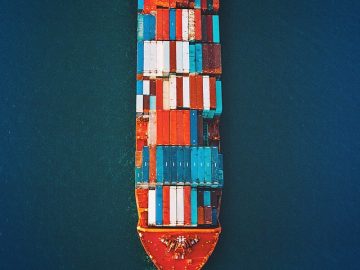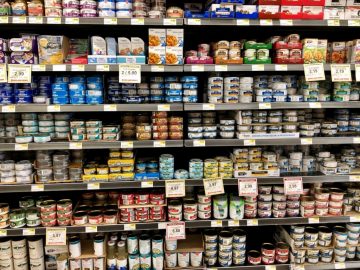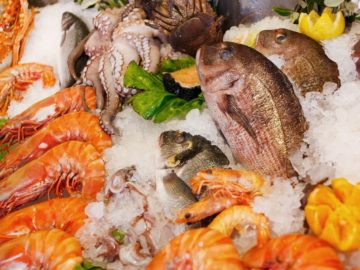A modern, full-chain seafood traceability system is long overdue in Canada
A robust traceability program that collects and maintains information about seafood products from harvest to plate could help put a stop to the prevalence of modern slavery, seafood mislabelling, greenwashing and illegal and unregulated fishing in our global seafood supply chains.
Canada’s largest trading partners, the European Union, the United States and Japan, all have or are in the process of implementing strong traceability requirements through import catch documentation systems and by upgrading from a paper based data collection system to an electronic system. After years of advocacy from SeaChoice and other groups, in 2019, the Federal government instructed the Canadian Food Inspection Agency to work with the Minister of Fisheries, Oceans and the Canadian Coast Guard and the Minister of Agriculture and Agri-Food, to develop a boat-to-plate traceability program to help Canadian fishers to “better market their high-quality products”.
Industry plays a critical role in influencing this regulation and driving it forward. Fortunately, in May 2021, Buy-Low Foods, METRO and Save-On-Foods all sent letters to the Canadian government in support of an electronic and interoperable boat-to-plate traceability program that includes all seafood sold in Canada (not just products of high monetary value as insinuated by the policy commitment). Having the boat-to-plate traceability requirement apply to all seafood products would reflect an equivalent level of care for people who buy expensive seafood products and those that buy cheaper products. Safe, traceable seafood shouldn’t be a privilege only for the wealthy.
Additionally, their letters stressed that, for such an initiative to benefit seafood producers and buyers and align with the practices of our major export countries, it needs to track at least the geographic origin, scientific name and method of production for seafood products from harvest to point of sale. With this information as part of a robust traceability system being exchanged throughout the supply chain, operational efficiency would improve as product recalls would be conducted more efficiently, information about a product would be readily accessible and the resiliency of the supply chain improved when disturbances occur. Action at the federal level would also ensure a level playing field among industry actors where businesses that don’t invest in traceability can’t undercut those that do.
A traceability system that applies to the entire seafood supply chain in Canada will increase transparency, contribute to eliminating IUU fishing, help build consumer trust and make it easier to verify sustainability. If done right, the boat-to-plate traceability commitment could be a major step forward for the sustainability, responsibility and long-term viability of Canada’s seafood supply chains.
